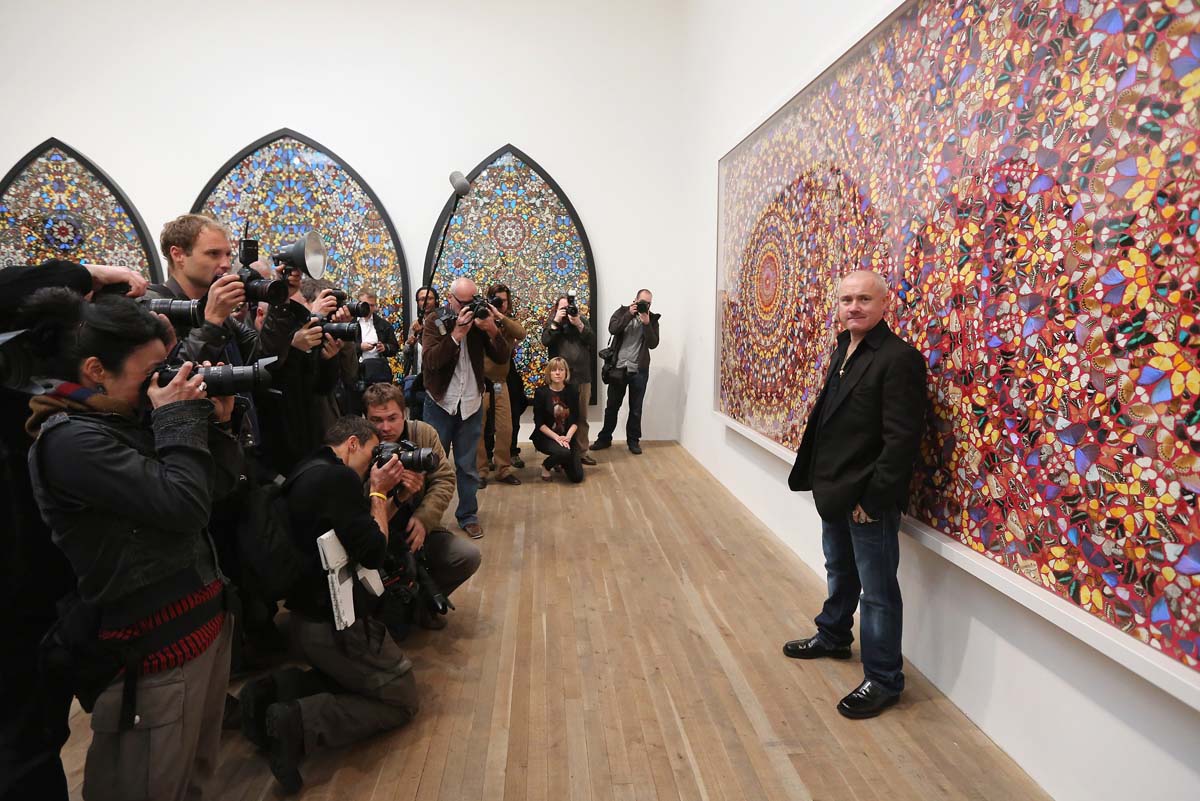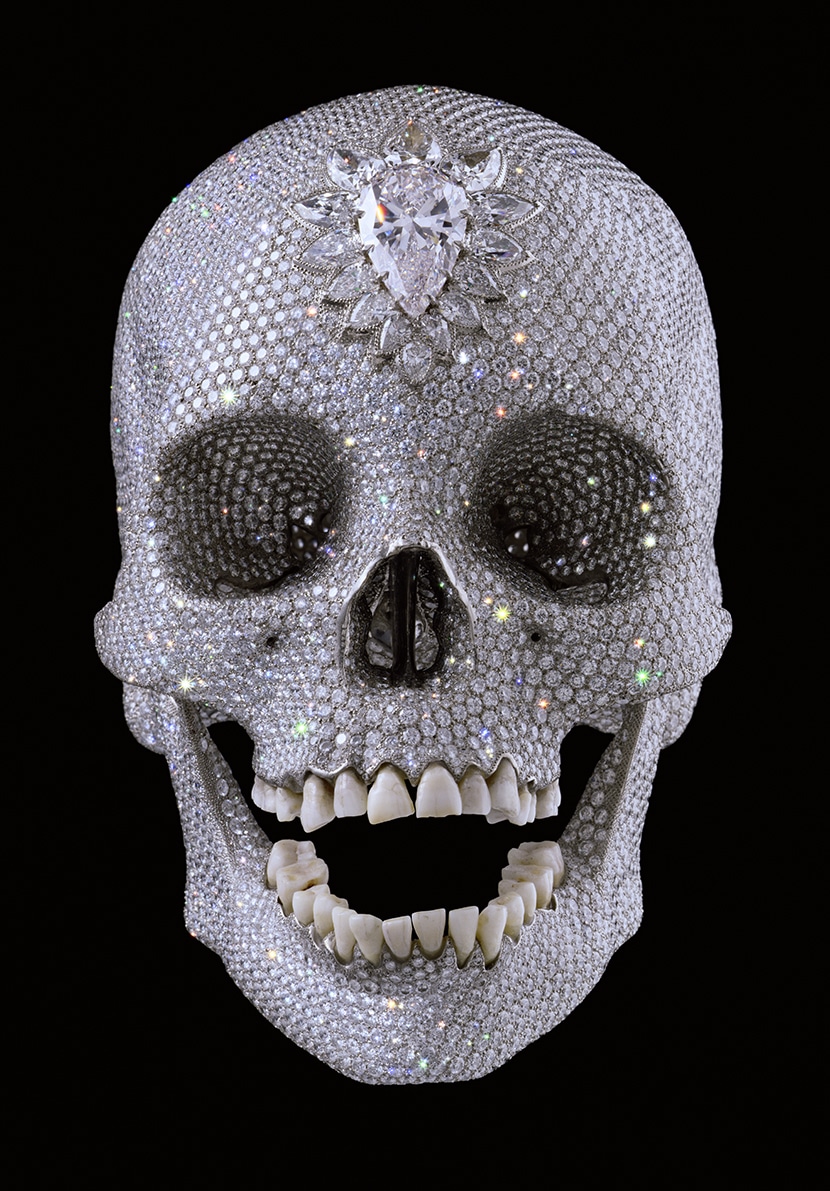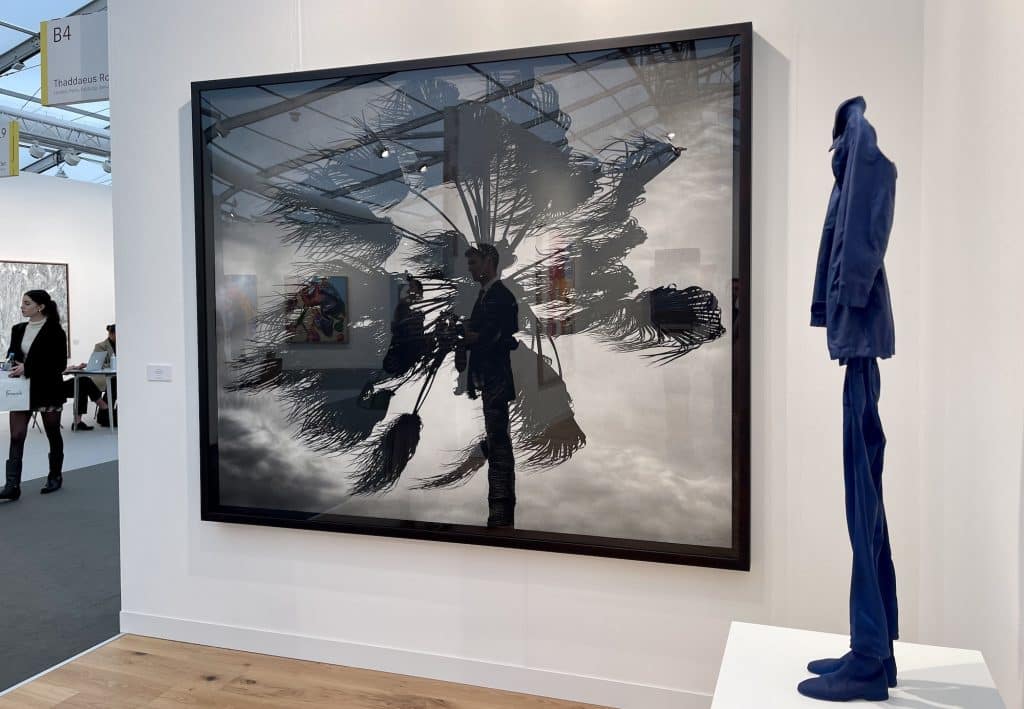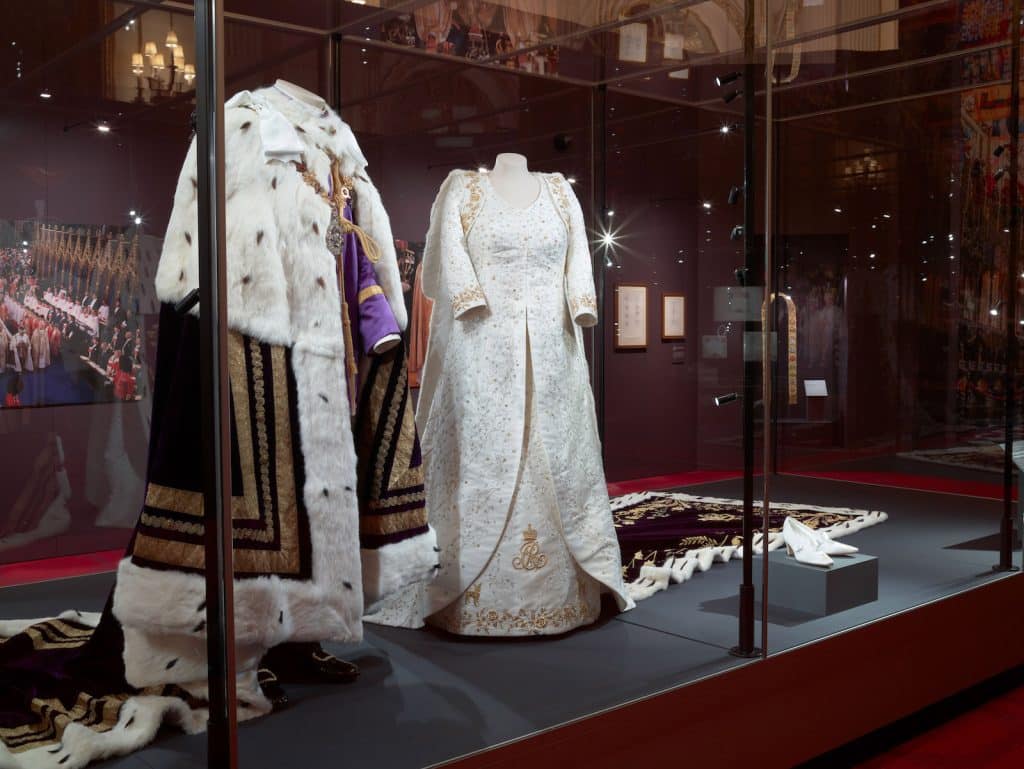You can love him or loathe him, but you can’t ignore Damien Hirst. Regarded as one of the pre-eminent artists working today, he has created some of the most iconic works in recent history and has changed the art world for ever. The exhibition at Tate Modern which opened this week, takes one on a journey through two decades of Hirst, bringing together over seventy of the artist’s seminal works.
Born in Bristol in 1965, Damien Hirst first came to public attention in London in 1998 when he conceived and curated Freeze, an exhibition of his own work and that of his friends and fellow Goldsmith College Students, staged in a disused London warehouse. Many of the works he created at that time are on display here; the first time since the 1980s.
As I made my way over to the press viewing earlier this week, I thought back to the very first time I had set eyes on a Hirst piece. It wasn’t in a gallery, but in a restaurant: Pharmacy in Notting Hill. Cabinet after cabinet lined the white walls displaying neat selections of amber-coloured glass pill and medicine bottles. What struck me most about the piece was its order. And every time I see one of Hirst’s works, no matter how beautiful or ugly, it’s not the strong associations to life and death, belief or value systems that makes the greatest impression, it’s the order. I imagine him at home in Devon, colour coordinating his shirts and working in a pristine, paint splatter-free studio. In a recent interview, he spoke of the time when he presented his mum with a spot painting and every time he saw it, he just knew that one of the spots was the wrong colour and he couldn’t settle until he had changed it. Perfectionist, ordered or maybe suffering from a little OCD.
It’s most impressive to see all the work together. Key sculptures from the early 1990s, such as The Physical Impossibility of Death in the Mind of Someone Living, in which a shark is suspended in formaldehyde, and Mother and Child Divided, a four-part sculpture of a bisected cow and calf. Also on show are important vitrines, such as A Thousand Years, in which the cycle of life is represented by a cow’s head, flies and insect-o-cutor. Although I found the latter impossible to view for more than ten seconds. The poor cow. The poor flies.
Alongside these sculptures are cabinets displaying rows of pills, medical packaging and surgical implements which look as fresh as they did back in the Pharmacy days; remarkably the packaging bears the same design as it did then, and so there’s no fear of the piece looking dated. There’s also the paintings made throughout Hirst’s career from his spot, spin, butterfly and fly series. In and Out of Love, consisting of a room full of live butterflies, presented a major problem as I suffer from Lepidopterphobia, and so I shamefully sped through this part of the exhibition fearing an attack from a giant butterfly, drunk on sugared water!
For The Love Of God, the human skull covered in 8,601 flawless diamonds – the work Hirst says he is most proud of – is on display at Tate Modern’s Turbine Hall, complete with its own security. This spectacle alone is worth the admission price. Simply breathtaking.
We like Damien Hirst and I really liked this exhibition but quite frankly, I didn’t think there was enough variety to make up a retrospective of this size. No matter how fresh they looked, there are only so many pharmaceutical cabinets one can view before it becomes a little tiresome.
Admission £14 (£12.20 concessions) or £15.50 (£13.50 concessions) with Gift Aid donation. Open every day from 10.00–18.00 and late until 22.00 on Friday to Sunday.
For further information please visit: www.tate.org.uk
Recommended reading: Damien Hirst ABC. To purchase visit our bookstore.











